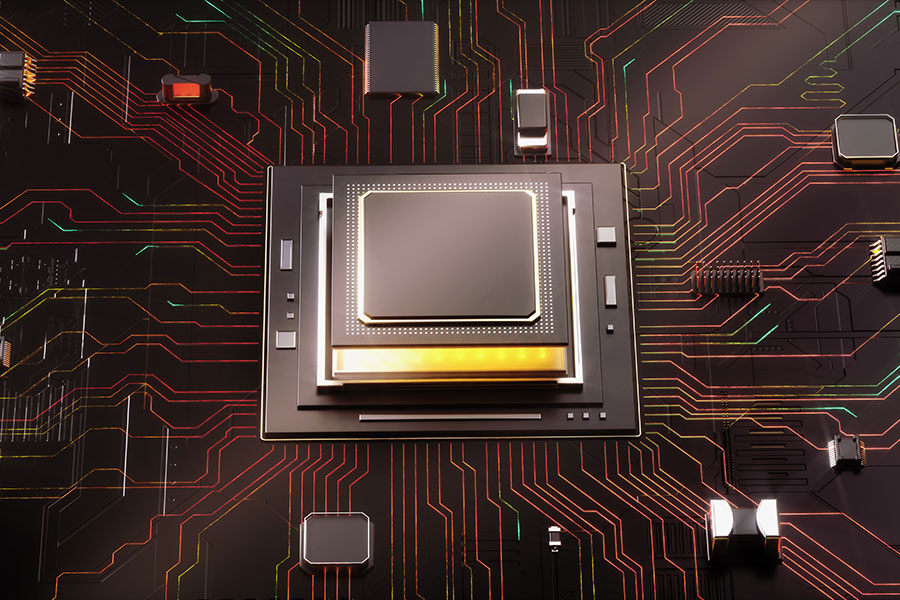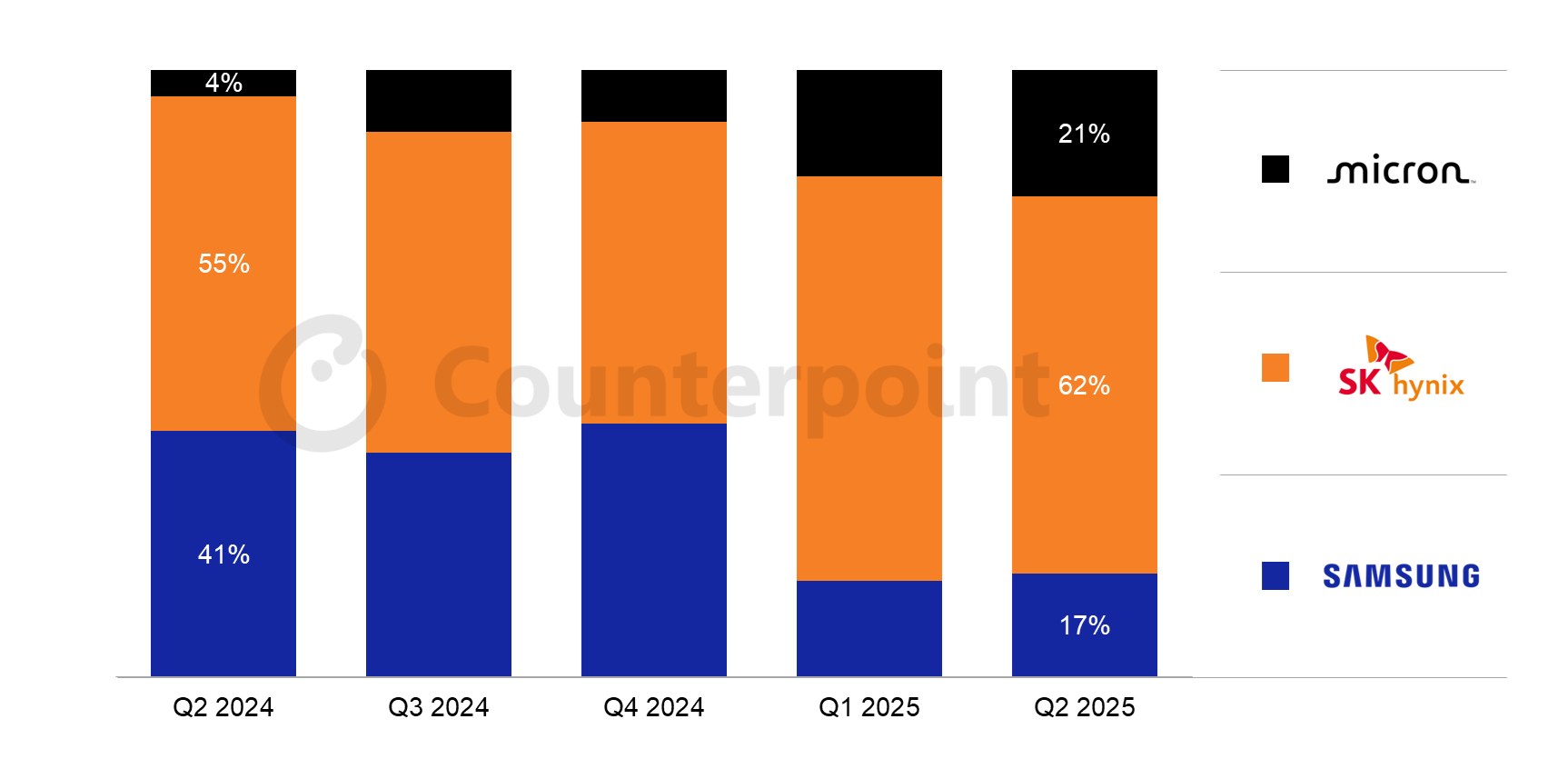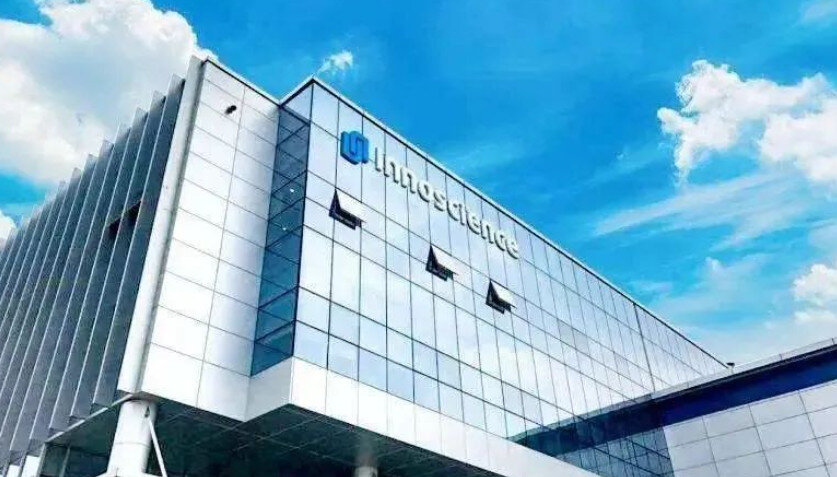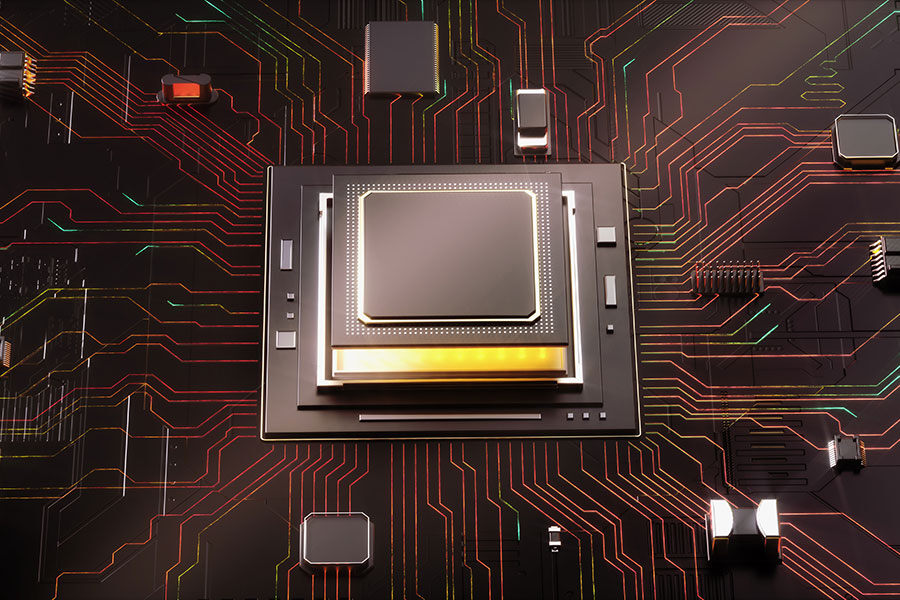发布时间:2010-12-28 阅读量:1952 来源: 发布人:
中心议题:
* 黑莓Torch 9800 拆解
解决方案:
* BOM单成本171美元
创e时代综合报道 据国外媒体报道,市场研究公司iSuppli日前对RIM最新的黑莓Torch手机进行了拆解分析,据其发布的报告,黑莓Torch手机的零件成本为171.05美元。
.jpg)
图为RIM最新款BlackBerry Torch 9800
iSuppli在对黑莓Torch拆解后发现,该手机采用的元件来自Synaptics、Marvell、三星、英飞凌、瑞萨和德州仪器等公司。其中最昂贵的元件为显示屏和触摸屏,总成本为34.85美元。其次为存储元件,成本也高达 $34.25。其它的部分分别是:音频系统成本 $23.35,应用处理器成本$15,天线/射频 $24.50,面板12.40美元,电池15.90美元,摄像头10.80 美元。
iSuppli分析师安德鲁· 拉斯维勒(Andrew Rassweiler)表示,从内部来看,黑莓Torch 9800与RIM近期推出的其他智能手机类似,采用的主芯片来自 Marvell,成本为15美元。RIM此前在黑莓Bold 9700中也使用了类似的Marvell芯片。黑莓Torch 9800的触摸界面技术则采用了新思科技(Synaptics)的芯片。此前黑莓Storm 2和谷歌Nexus One也采用了这一芯片。
在iSuppli的拆解过程中发现GPS新芯片——新的GPS集成电路,产自英国CSR PLC公司。如果除掉制造成本12美元,Torch的原材料和组件成本为171.05美元,而iPhone 4总成本为187.51美元。在整机中成本最高的是LCD触摸屏,价格为34.95美元,占总成本的20%。在iPhone 4中显示屏同样是最贵的部件。
分析师说,从零售调查来看,与竞争对手手机上市的情况对比,Torch在美国的上市初期销量没有给人留下太多印象。RIM拒绝对iSuppli的拆解报告置评。目前在与AT&T签订两年使用协议的情况下,黑莓Torch的售价为199美元。这款手机的裸机价为499美元。
.jpg)
以下为isuppli英文原文:
BlackBerry Torch Carries $171.05 Bill of Materials, iSuppli Teardown Reveals
August 17, 2010
Andrew Rassweiler
Research in Motion Ltd.’s new Torch 9800 smart phone carries a Bill of Materials (BOM) of $171.05, according to a dissection and cost model conducted by the Teardown Analysis service at market research firm iSuppli Corp.
“On the outside, the Torch delivers a rich feature set, with three User Interfaces (UIs): a capacitive touch screen, an optical track pad and the first slider QWERTY keyboard found in a BlackBerry,” said Andrew Rassweiler, principal analyst, teardown services manager, for iSuppli. “On the inside, the Torch’s electronic design heavily leverages subsystems used in previous members of the BlackBerry smart phone line, specifically the Storm2 and the Bold 9700. With this evolutionary approach, RIM has delivered a smart phone with an enhanced feature set that largely matches those of the BlackBerry’s chief competitors: the iPhone and the Android-based handsets.”
Firsts and Seconds
Along with the QWERTY slider keyboard, the Torch delivers a number of other firsts for the BlackBerry line, including the newly rewritten BlackBerry OS 6, as well as Social Feeds, Universal Search and a faster WebKit-based browser. The new BlackBerry smart phone also contains a GPS Integrated Circuit (IC) from CSR plc, the first time iSuppli has seen this new chip in a product teardown.
On the other hand, the Torch’s Radio Frequency (RF), power amplifier and power management subsystems are similar or virtually identical to those of a previous member of the BlackBerry line, the Bold 9700, which had been torn down in the past by iSuppli. In terms of specs and size, the Torch’s display is very similar to that of the BlackBerry Storm2 9550. Furthermore, the Torch employs the same Microelectromechanical Systems (MEMS) accelerometer by Analog Devices Inc. used in the Storm2 9550.
The Torch also bears some similarity to smart phones from other brands. Mechanically, it is comparable in complexity and cost to HTC Tilt 2. Likewise, the Torch integrates Texas Instruments Inc.’s WL1271x WLAN/BlueTooth IC, which can be found in products including Motorola Inc.’s Droid X and Microsoft Corp.’s Kin 2.
Torch BOM
When adding in an estimated manufacturing cost of $12, the Torch’s combined production and BOM cost amounts to $183.05.
Cost Countdown
The most expensive subsystem in the Torch is the LCD and touch screen display module section, at a price of $34.85, representing 20.4 percent of the product’s BOM, according to iSuppli’s semiconductor costing estimate. The display is a 3.2-inch diagonal TFT LCD with a 480 by 360 pixel resolution. While it was not possible to identify from a teardown analysis the supplier of the display, RIM in the past has employed displays from Samsung Mobile Display, Toshiba Mobile Display Co. Ltd. and Sharp, according to mobile market research from Vinita Jakhanwal, principal analyst, small/medium displays for iSuppli. The touch screen uses capacitive technology and includes a Synaptics Inc. controller IC. And although the supplier of an entire module is rarely identifiable from a teardown analysis, the controller IC indicates that Synaptics is a potential supplier of the turnkey solution.
Coming in at a close second in terms of cost is the memory subsystem, at $34.25, amounting to 20 percent of the Bill of Materials. In the individual Torch torn down by iSuppli, Samsung supplied a 4Gbyte eMMC NAND flash memory device, plus an 8Gbit NAND flash and 4Gbit Mobile Double Data Rate (DDR) SDRAM
SanDisk Corp. contributed a 4Gbyte removable Micro SD memory card.
The mechanical/electromechanical portions of the Torch, including the printed circuit boards and the enclosure plastics and metals, came in third at an estimated cost of $23.35, representing 13.7 percent of the Torch’s BOM.
Marvell, Infineon, Renesas Light up the Torch
Next on the cost ranking is the applications processor/baseband section at $15, or 8.8 percent of the BOM.
This section is dominated by the communications processor, which features an integrated baseband from Marvell Technology Group Ltd.
Coming in at fifth in terms of cost is the RF transceiver and power amplifier section, at $13.90, or 8.1 percent of the BOM cost. Infineon Technologies AG’s PMB5701 tri-band RF transceiver is featured in the section, along with Renesas Electronics Corp.’s R2A60177BG quad-band RF transceiver and its RPF59001B power amplifier module.
User Interface Chips
The user interface electronics subsection comes in sixth, at $12.40, or 7.2 percent of the BOM. This section includes STMicroelectronics NV’s STV0987 video/image processor that supports mobile imaging. It also features Texas Instruments Inc.’s TLV320AIC36IZQERaudio codec, CrucialTec Co. Ltd.’s optical trackpad assembly and the Analog Devices 3-axis accelerometer.
Other notable sections include the Bluetooth/WLAN/GPS area, with a price of $10.60 and 6.2 percent share of the Bill of Materials. Components in this subsystem include the Texas Instruments WL1271A single-chip Bluetooth/WLAN/FM transmitter/receiver and the CSR GSD4t-9800 GPS receiver.
Finally, there’s the power management section, at $4.90, or 2.9 percent of the BOM. This subsystem includes the Texas Instruments TPS65856 power management IC.

全球领先的传感器与功率IC解决方案供应商Allegro MicroSystems(纳斯达克:ALGM)于7月31日披露截至2025年6月27日的2025财年第一季度财务报告。数据显示,公司当季实现营业收入2.03亿美元,较去年同期大幅提升22%,创下历史同期新高。业绩增长主要源于电动汽车和工业两大核心板块的强劲需求,其中电动汽车相关产品销售额同比增长31%,工业及其他领域增速高达50%。

受强劲的人工智能(AI)需求驱动,全球存储芯片市场格局在2025年第二季度迎来历史性转折。韩国SK海力士凭借在高带宽存储器(HBM)领域的领先优势,首次超越三星电子,以21.8万亿韩元的存储业务营收问鼎全球最大存储器制造商。三星同期存储业务营收为21.2万亿韩元,同比下滑3%,退居次席。

8月1日,英伟达官网更新其800V高压直流(HVDC)电源架构关键合作伙伴名录,中国氮化镓(GaN)技术领军企业英诺赛科(Innoscience)赫然在列。英诺赛科将为英伟达革命性的Kyber机架系统提供全链路氮化镓电源解决方案,成为该名单中唯一入选的中国本土供应商。此重大突破性合作直接推动英诺赛科港股股价在消息公布当日一度飙升近64%,市场反响热烈。

全球领先的功率半导体解决方案供应商MPS(Monolithic Power Systems)于7月31日正式公布截至2025年6月30日的第二季度财务报告。数据显示,公司本季度业绩表现亮眼,多项核心指标实现显著增长,并释放出持续向好的发展信号。

贸泽电子(Mouser Electronics)于2025年8月正式推出工业自动化资源中心,为工程技术人员提供前沿技术洞察与解决方案库。该平台整合了控制系统、机器人技术及自动化软件的最新进展,旨在推动制造业向智能化、可持续化方向转型。